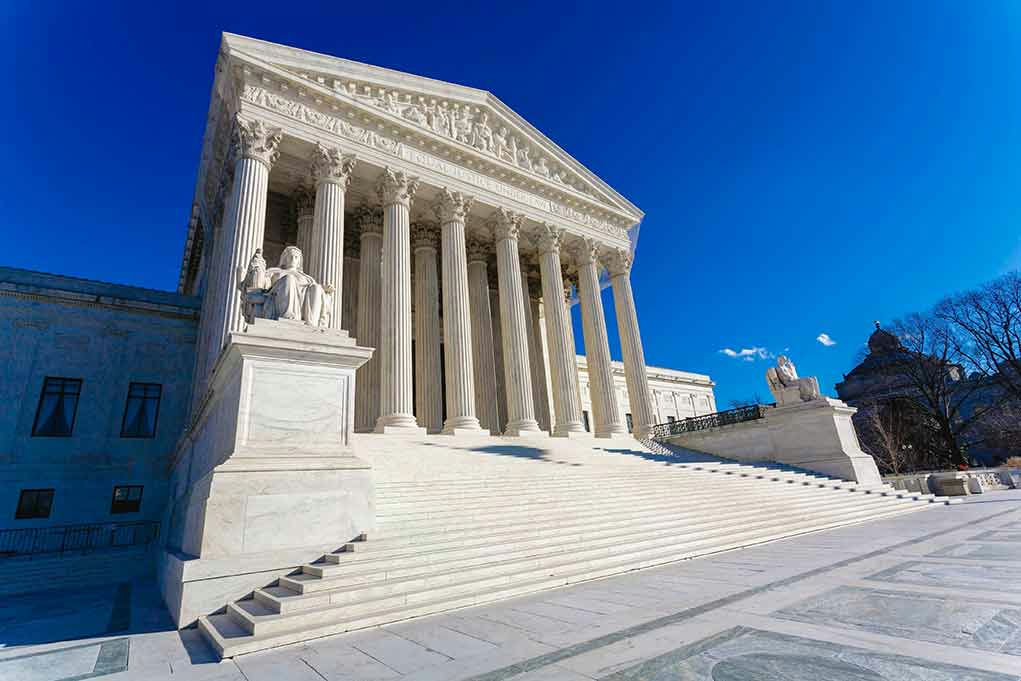The Supreme Court’s decision to allow President Trump to oust three Democrats from the Consumer Product Safety Commission has set off a cascade of implications for the independence of regulatory agencies in the U.S.
Supreme Court Greenlights Presidential Power Play
In a move that has left many questioning the future of independent regulatory agencies, the Supreme Court has ruled in favor of the Trump administration’s decision to remove three Democratic commissioners from the Consumer Product Safety Commission (CPSC) without cause. This landmark 6-3 decision was handed down on July 23, 2025, effectively overturning a lower court’s order for their reinstatement. The ruling underscores an unsettling shift toward increased presidential control over independent agencies, a move that some argue undermines the foundational principles of checks and balances.
There is no such think as an "independent ageny" under the constitution.
Humphrey’s Executor. In that case from 1935, the court unanimously held that presidents cannot fire independent board members without cause.https://t.co/QNaureMpIL
— The Thrill 🇺🇲 (@PhinPhil) July 23, 2025
President Trump, known for his assertive approach to governance, dismissed Mary T. Boyle, Alexander Hoehn-Saric, and Richard Trumka Jr. via email, citing a dispute over staffing and restructuring as the catalyst. The firings, executed without citing cause, have left the CPSC operating with just two Republican commissioners, Peter Feldman and Douglas Dziak. This situation has raised alarms about the commission’s ability to effectively oversee consumer product safety, as federal law requires a quorum for significant regulatory actions.
Impact on the Consumer Product Safety Commission
With the CPSC now functioning with only two members, the agency faces a challenging road ahead. Under federal law, a two-member quorum can operate for up to six months, but the absence of additional appointments could hamper the CPSC’s ability to enforce consumer protection regulations. This decision marks a pivotal point that could redefine the operational dynamics of independent regulatory bodies across the nation. The Trump administration’s next steps in appointing new commissioners will be crucial in determining the CPSC’s future trajectory.
The impact of this ruling extends beyond the CPSC, potentially setting a precedent for future actions involving other regulatory agencies like the FTC or SEC. The decision could embolden future presidents to exercise similar powers, threatening the nonpartisan nature and independence that these agencies were designed to uphold. Legal experts warn that this shift could lead to increased politicization of regulatory bodies, undermining public trust and the agencies’ ability to serve the public interest effectively.
Broader Implications for Regulatory Independence
This Supreme Court decision challenges the long-standing precedent set by the 1935 Humphrey’s Executor v. United States case, which historically protected members of independent regulatory commissions from arbitrary presidential removal. By favoring Trump’s actions, the Court has opened the door to potential reinterpretations of presidential authority over independent agencies. This decision could have lasting repercussions, not only for the structure of regulatory bodies but also for the balance of power between the executive branch and these agencies.
With liberal Justices once again dissenting, the Supreme Court further emboldens Trump by granting an emergency request to bypass Congressional authority and fire three Democratic members of the Consumer Product Safety Commission while the case proceeds. https://t.co/ohPR2gXsfm pic.twitter.com/W90nR9q4Vv
— Amee Vanderpool (@girlsreallyrule) July 23, 2025
Critics argue that this ruling erodes the independence necessary for regulatory bodies to function effectively and free from political pressure. Supporters, however, claim it restores accountability by allowing the President to remove officials who they believe obstruct policy implementation. The decision has sparked a renewed debate about the nature of presidential power and its implications for the separation of powers in the United States.
Future Considerations and Legal Challenges
The removal of the Democratic commissioners has already led to legal challenges, with Richard Trumka Jr. stating, “I’ll see him in court,” highlighting the contentious nature of this decision. As the CPSC navigates this uncharted territory, the agency’s ability to adapt and continue its mission remains uncertain. The Trump administration has not yet nominated replacements for the vacant seats, leaving the agency in a precarious position.
Looking ahead, the Supreme Court’s decision could prompt legislative responses aimed at clarifying the limits of presidential removal power. This ruling may also inspire further litigation, as stakeholders seek to define the boundaries of executive authority over independent regulatory agencies. As this legal saga continues, the implications for consumer safety, regulatory independence, and the balance of power in the U.S. government will continue to unfold.

